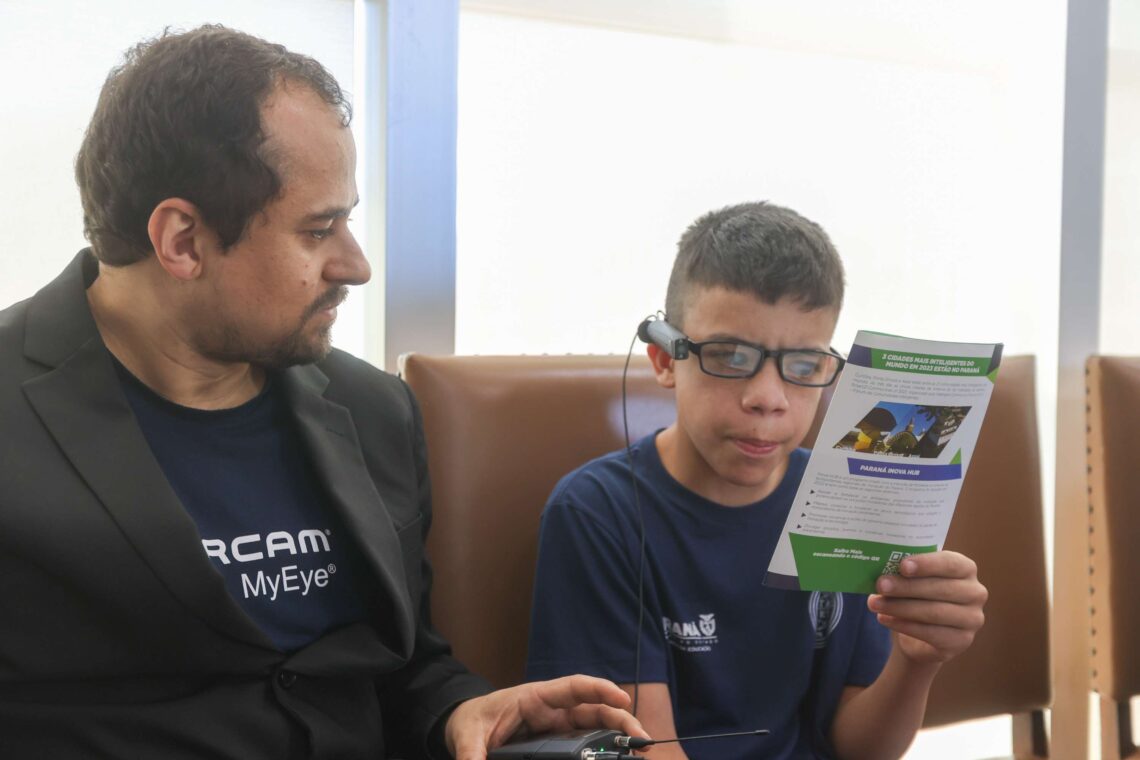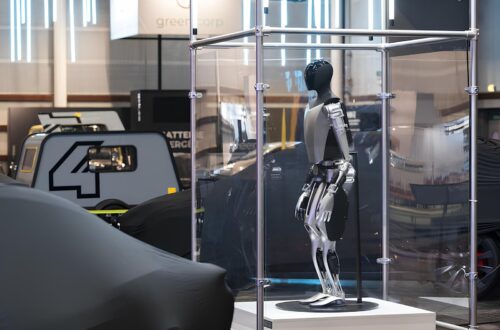
AI-Powered Glasses Transforming Lives of Visually Impaired Students
The world of technology is ceaselessly evolving, and one of its recent triumphs is using Artificial Intelligence (AI) to aid visually impaired students. By providing them with AI-powered glasses, we are able to redefine accessibility, promoting an inclusive learning environment for all.
Artificial Intelligence is no longer a far-fetched concept from a sci-fi movie, it’s a part of our daily lives, impacting sectors from healthcare to education.
The Power of AI
> ‘Artificial Intelligence is the new electricity.’ – Andrew Ng, Co-founder of Coursera
The AI-powered glasses use advanced computer vision algorithms to interpret visual data, making the world more accessible for visually impaired individuals.
How AI Glasses Work
1. Image Capture: A built-in camera captures images from the user’s environment.
2. Image Processing: The AI software processes the image data, identifying objects and text.
3. Audio Feedback: The processed information is then relayed back to the user via audio.
Impact on Visually Impaired Students
The introduction of AI glasses in education systems is a game-changer for visually impaired students. It empowers them to navigate their surroundings independently, read printed text, and recognize faces.
Increased Independence
With the AI glasses, visually impaired students can perform tasks independently. For instance, they can read a book, navigate a new environment, or even recognize a friend’s face – all without needing assistance.
Enhanced Learning Experience
AI glasses provide real-time textual and visual information, making classroom learning more accessible and engaging.
Real-life Application: The Brazilian Initiative
In Brazil, state-run schools have begun providing AI glasses to visually impaired students. This initiative is a significant step towards inclusive education in the country.
Distribution of AI Glasses
The state education department distributed AI glasses to visually impaired students across several schools.
Training for Effective Use
Post distribution, students underwent training to effectively use the glasses, ensuring they get the maximum benefit from this technology.
Challenges and Solutions
While AI glasses are transformative, they are not without challenges. However, with continuous research and development, these challenges can be overcome.
High Costs
AI glasses are currently expensive due to the complex technology involved. However, with more companies venturing into this space, competition could drive down prices.
Limited Battery Life
Battery life is a concern as it determines the glasses’ usability. Innovations in battery technology could provide a solution.
The Future of AI Glasses
The future of AI glasses is promising. As technology evolves and becomes more accessible, it will continue to enhance the lives of visually impaired individuals.
Technological Advancements
AI glasses will likely become smaller, lighter, and more efficient, making them even more user-friendly.
Wider Accessibility
As costs decrease, AI glasses will become more widely accessible, benefiting visually impaired individuals globally.
Conclusion
AI-powered glasses are more than just a technological marvel. They are a tool for empowerment, independence, and inclusivity. As we continue to harness the power of AI, we move towards a world where disability does not limit one’s potential.
“The only thing worse than being blind is having sight but no vision.” – Helen Keller
By leveraging AI, we can ensure that everyone, irrespective of their physical abilities, has the opportunity to realize their vision.
Note: This is a sample article. The actual content will depend on the primary and secondary keywords provided, along with any additional information and the desired tone of voice.
https://www.bonde.com.br/educacao/noticias/alunos-com-deficiencia-visual-da-rede-estadual-recebem-oculos-com-inteligencia-artificial




